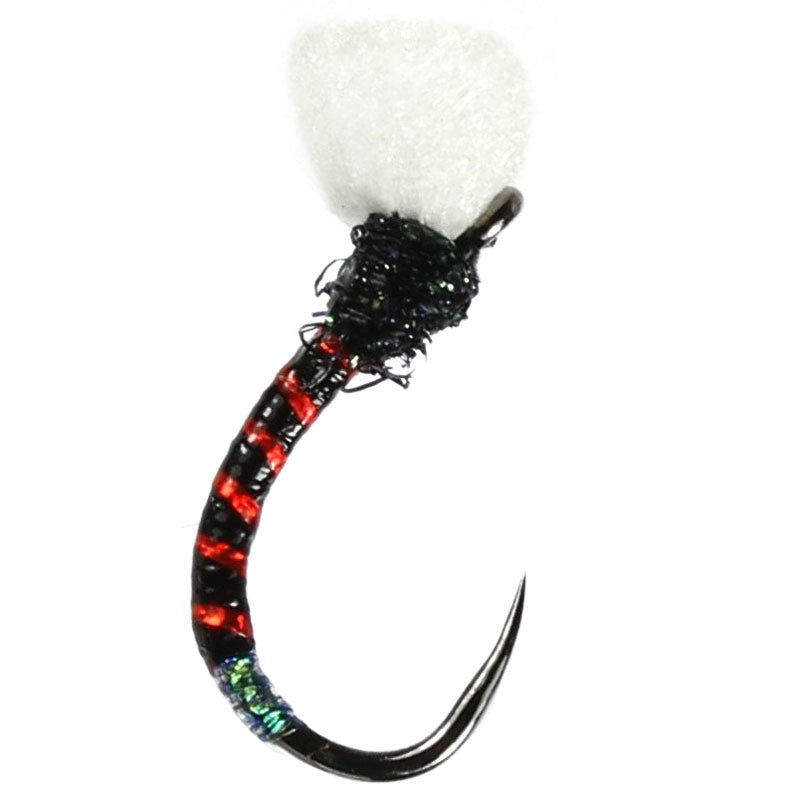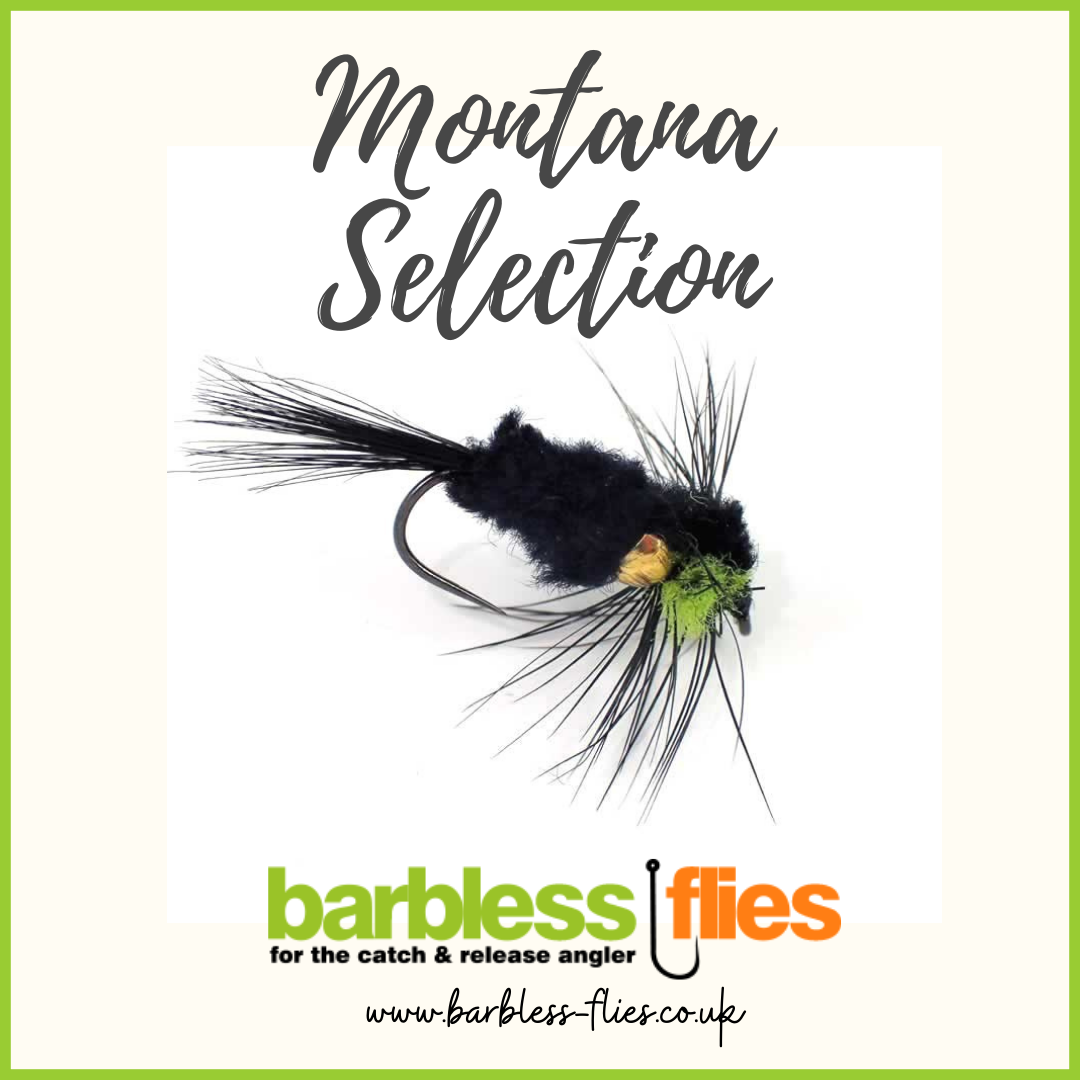Warmer Weather Success On Stillwaters

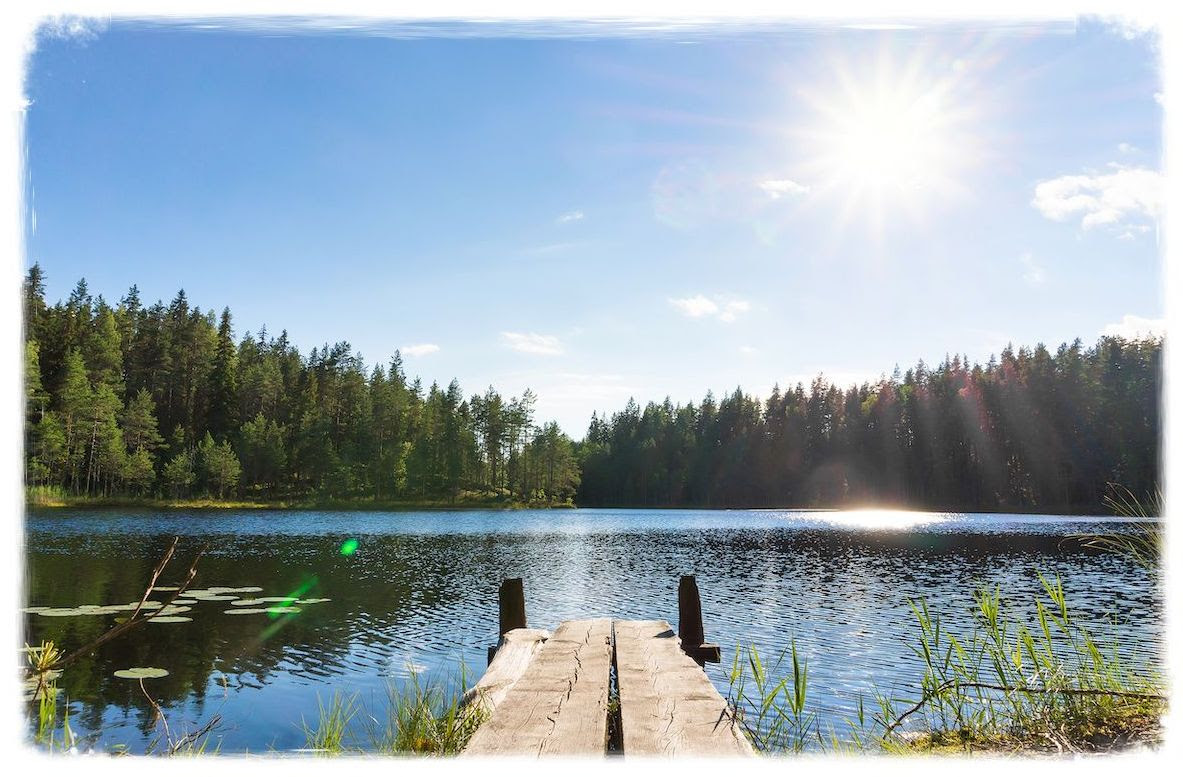
Summer Stillwater Fishing
Weather conditions always play a major role in successful stillwater fishing, even more so in the summer months, as this can be a very unpredictable season, sometimes baking hot and sometimes wet.
Always try to maximise your chances by checking the weather conditions the day before fishing. If it’s going to be a hot sunny day then get to the water either early or late, try to avoid fishing between 11am and 3pm, as this is when the water will have the lowest oxygen levels and the fish will be very lethargic.
It’s also worth noting that during the hotter months smaller stillwaters may be very tricky to fish, as they tend to be shallower, which means the water heats up quicker.

Trout are cold-blooded, for them to be at their most comfortable the water temperature needs to be anywhere between 10 and 17 degrees C, any warmer and the fish will not feed and look for deep water. If we are experiencing a hot summer, then either head out to the water early or choose one of the larger (deeper) stillwaters/reservoirs.
When you cannot see fish rising, or any sign of fish activity on the surface, they will be in the cooler water at depth, it’s time to break out the lures and fish them deep. Colour choice is important with the black/green lures proving more successful in the early summer months (June & July) and the more vivid colours (Red, Green, Yellow & Orange) in the later summer months (August & September).
For When Fish Are Higher In the Water- Use Buzzers
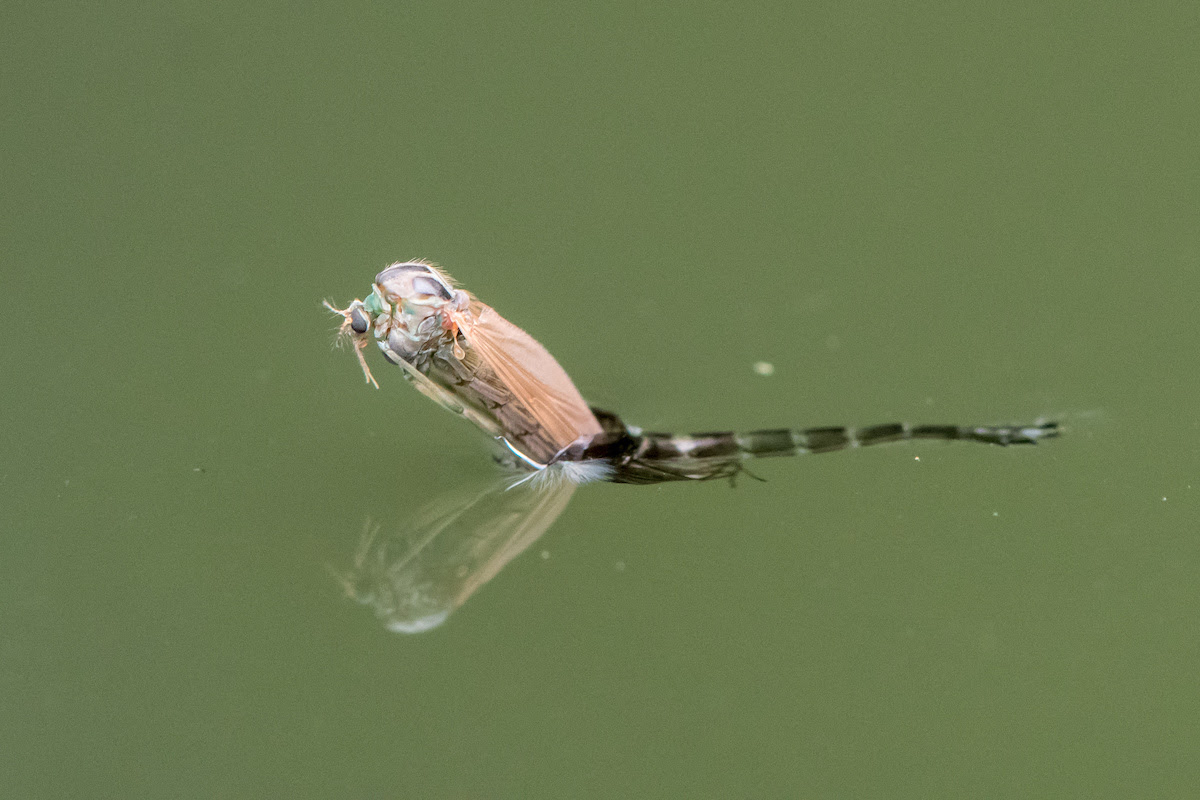
Eye Spy: Take a look at the shuck of the hatching buzzer above, it's nearly identical to our Black Quill Foam Buzzer - we don't just throw this together you know!
Buzzers are the pupal form of midges (chironmidae) – they are the form between the larva (bloodworm etc) and the adult flying insect. They are the most abundant food supply that a Stillwater trout will encounter. Buzzers are found in all waters at all times of the year but are especially abundant in the Spring months of April, May & June – this is the best time for buzzer fishing in UK stillwaters.
When you see a buzzer in its natural form, there are two things that are very apparent:
- They are bigger than you first expect – ranging in size from 8mm to 15mm (a size 10 to 16 hook)
- They are very thin
Buzzers are generally seen just under the surface of the water - as far as the fly angler is concerned, we try to imitate them at the stage where they are transforming into the adult.
One of the best methods to employ here is The Wahing Line method.
The washing line method is a technique designed to allow you fish your buzzers (or small nymphs) just below the water's surface. It uses a very buoyant fly on the point to hold the flies up (a foam buzzer is a good fly for this - see below).
Usually, when you fish buzzers they would drop down through the water column, the Washing Line method allows you keep them just below the surface where the trout are hunting for them.
The ideal fly to hold up your team - it's also great when drifted as a single fly - is a Foam Buzzer, here's a couple to whet your appetite:
Foam Buzzer - Black Quill Dry
€1.75
Foam Buzzer - Dennis Dry
€1.75
SPECIAL OFFER: Buy any 10 of our Foam Buzzers and grab a 20% discount - applied automatically at the checkout.
Just cast your team of flies out and let the wind drift your whole rig, you will generally feel any takes (as the wind will keep very light tension in the leader), or watch your floating fly for any movement and lift into it.
For When The Fish Are A Little Deeper
The original Montana fly variant was tied by Lew Oatman from New York. It was tied to give a general impression of a range of large stonefly nymphs. We have a selection of barbless Montanas, especially tied for year-round Stillwater fishing, ideally targeting rainbow trout, but fished deep in the summer months and you are equally as likely to pick up the odd brown trout.
Our Montana selection contains 4 different patterns, in sizes 12 and 14 (two of each of size) giving a total of 16 flies, priced at only £20 - including free delivery.
*** We've only 25 of these selections - so you will need to be quick ***
See below for some great tips on how to effectively fish any type of Montana pattern.
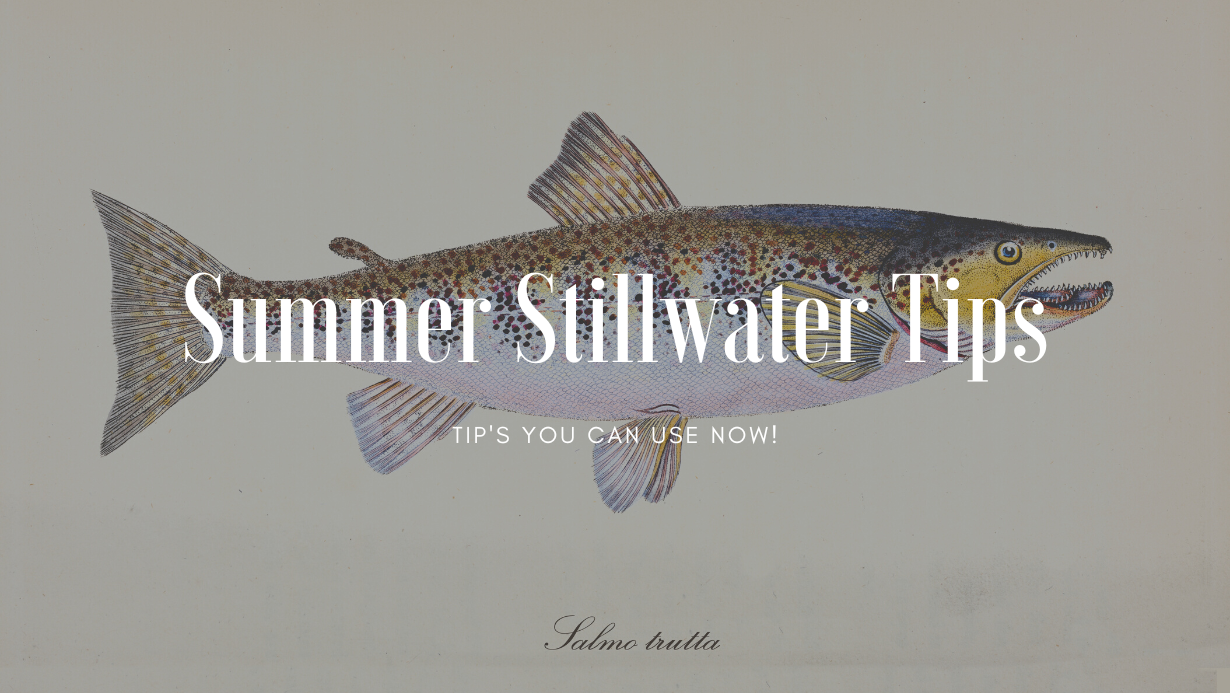
How to Fish Montana Patterns
Fishing Montana style patterns is all about the retrieve - effective retrieval tactics include:
- An unweighted Montana will float and appears as a Hopper/Daddy Long Legs. Stripping the floating Muddler across the water surface rhythmically, imparting a "wake" will induce a take
- Allowing the Montana to sink just under the surface and twitching or pulsating it against or across any current - especially near any water aerators or inlets.
- With a tiny piece of weight added in front of the fly (or an intermediate fly line or sinking tapered leader) the Montana can be made to swim slowly over weed beds and shallow gravel bars.
- With more weight, the Montana can be stripped quickly in the shallows to imitate and alarmed fry.
- Allowed to settle in deeper water the Montana may be fished right on the bottom. When fishing on the bottom they must be fished slowly, with occasional fast strips of maybe a foot or two, as if imitating a small fish trying to escape a predator.
Tight lines & have fun.






